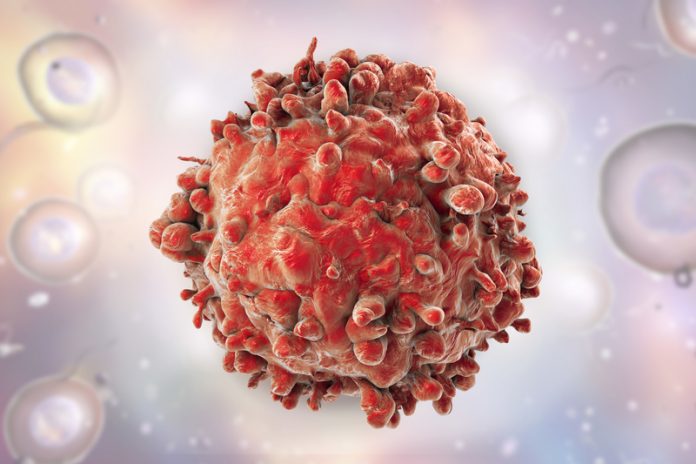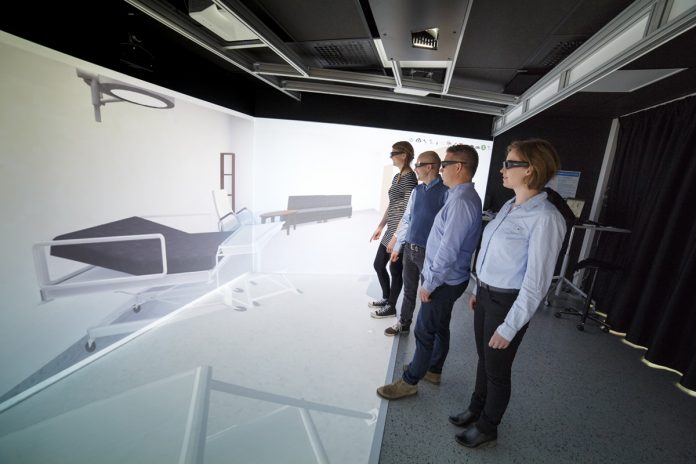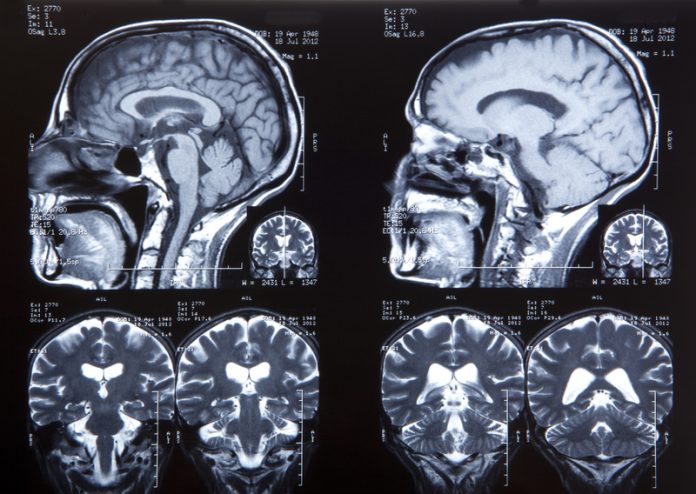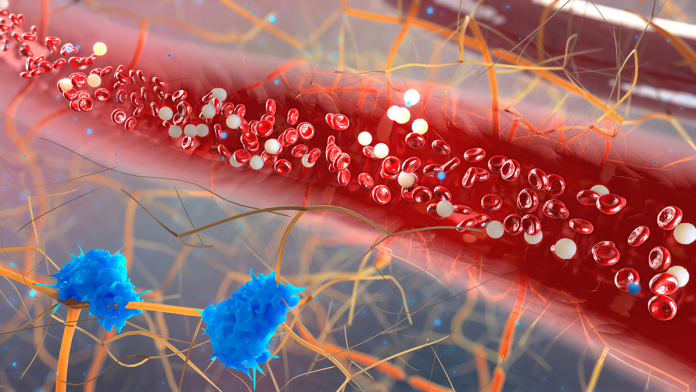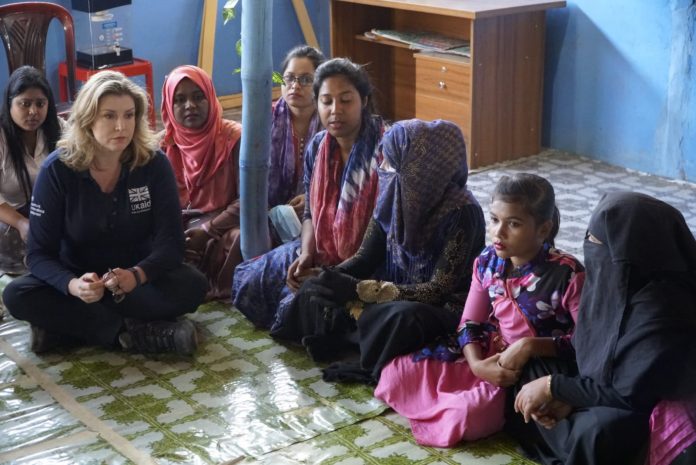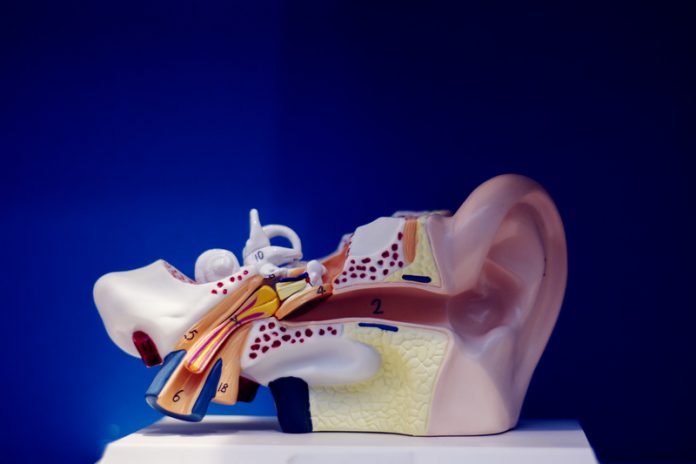Open Access Government produces compelling and informative news, publications, eBooks, and academic research articles for the public and private sector looking at health, diseases & conditions, workplace, research & innovation, digital transformation, government policy, environment, agriculture, energy, transport and more.
Home Search
gene therapy - search results
If you're not happy with the results, please do another search
Towards mobile healthcare with medical-internet of things (IoT) devices
A move towards mobile healthcare with medical-internet of things (IoT) devices is placed under the spotlight here in an insightful piece from Prof D. Chen-Yi Lee from Department of Electronics Engineering, at the National Chiao Tung University in Taiwan.
Opportunities and solutions for acute promyelocytic leukaemia (APL)
Cecilia Van Cauwenberghe from Frost & Sullivan’s TechVision Group gives an overall perspective on the challenges and concerns around acute promyelocytic leukaemia (APL), a type of blood cancer.
Research about Hong Kong’s rapidly ageing population
Professor Timothy Kwok, Director of the Jockey Club Centre for Osteoporosis Care and Control at the Chinese University of Hong Kong, provides a fascinating insight on the challenge of the city’s rapidly ageing population.
What is the future of online mental health treatment?
Henry Jones spoke to Nishat from Open Access Government about mental health platform Big White Wall (BWW), in light of expected UK Government White Paper on Online Harms.
Should employers take a gendered approach to mental health?
The 'masculinity' of men infringes on their access to psychological help: Read this to hear a helpful approach to mental health.
The future of healthcare is created in the OuluHealth ecosystem in Finland
OuluHealth ecosystem is a one-of-a-kind network of committed stakeholders from Oulu in Finland that strive to transform healthcare on a global scale and, as a result, improve people’s lives.
Insights into the mechanisms of primary brain tumour invasion
Thomas Daubon, Clotilde Billottet and Andreas Bikfalvi at the Angiogenesis and Tumor Microenvironment-INSERM U1029, Université Bordeaux provide insights into the mechanisms of primary brain tumour invasion.
Medicinal cannabis requires further clinical research and educational support
Dr Mark Ware, Chief Medical Officer at Canopy Growth, provides an overview of the research that already exists around medicinal cannabis and explains why there is a need to educate clinicians further.
The vascular origin of mental health disorders
Anju Vasudevan from McLean Hospital/Harvard Medical School looks at the progressive change in thought around brain blood vessels and their direct contribution to mental health illnesses.
ECH announces plans to open first UK medical cannabis clinics
European Cannabis Holdings (ECH) has announced plans to open The Medical Cannabis Clinics in a step toward aiding patients living with a range of chronic conditions.
Cardiovascular disease: How to stop a killer
Cardiovascular disease claims the most lives every year but is largely preventable according to the President of the European Association of Preventive Cardiology, a branch of the European Society of Cardiology.
Neurobiological research drives the ability to treat mental illness
Jeffrey Borenstein, of the Brain & Behavior Research Foundation argues that research drives the ability to treat mental illness and why funding innovative neurobiological research is a priority.
One million Rohingya refugees ‘must not be forgotten’
The UK is providing humanitarian aid to many of the one million Rohingya refugees and vulnerable local communities in Cox’s Bazar.
U.S. research on deafness and communication disorders
The National Institute on Deafness and Other Communication Disorders charts the work of their organisation over the last 30 years that concerns research around the communication sciences, including deafness.
Child diagnosis: The need to be trauma informed
Whilst autism spectrum disorder has neurological evidence, it is often misdiagnosed in children with Traumatic experiences: read on to be trauma informed.
LGBT History Month: UK government support for LGBT groups
Twelve organisations working to improve the lives of LGBT people in the UK have been awarded government funding: new research published shows how public attitudes to same sex relationships have changed in 30 years.
Research finds that stories leave biological traces in our brains
National story-telling week is here in the UK from January 26th to February 2nd, so it is time to look at some of the ongoing scientific research on stories.
From single-task machines to backflipping robots: the history of robots
The history of robots combines the best of science fiction and real life technology. From Isaac Asimov to modern industrial robots, keep reading to explore the fascinating history of robotics.
Spotlight on tea’s top healthy ingredients
Tea is the nation’s favourite drink and for good reason: it not only tastes great, but it’s good for our wellbeing as it is full of healthy ingredients.
Meeting the complex needs of asylum-seeking children
Sue Ross explains how her team provided an environment in which unaccompanied asylum-seeking children can achieve their full potential.


